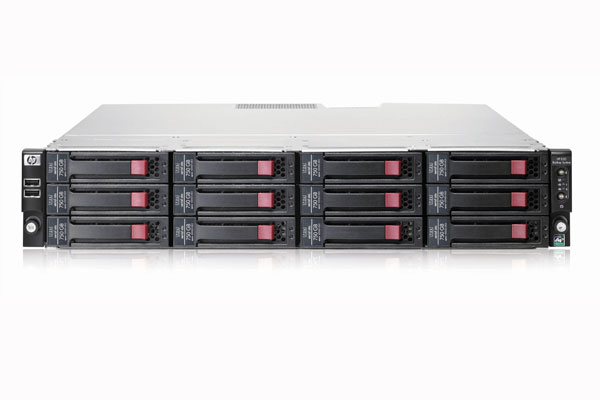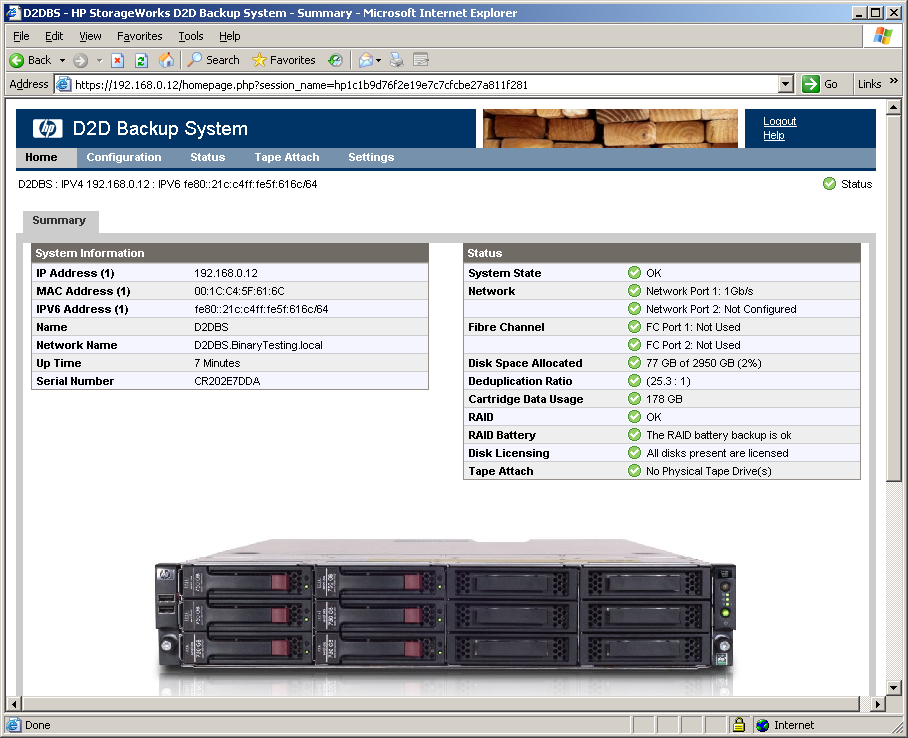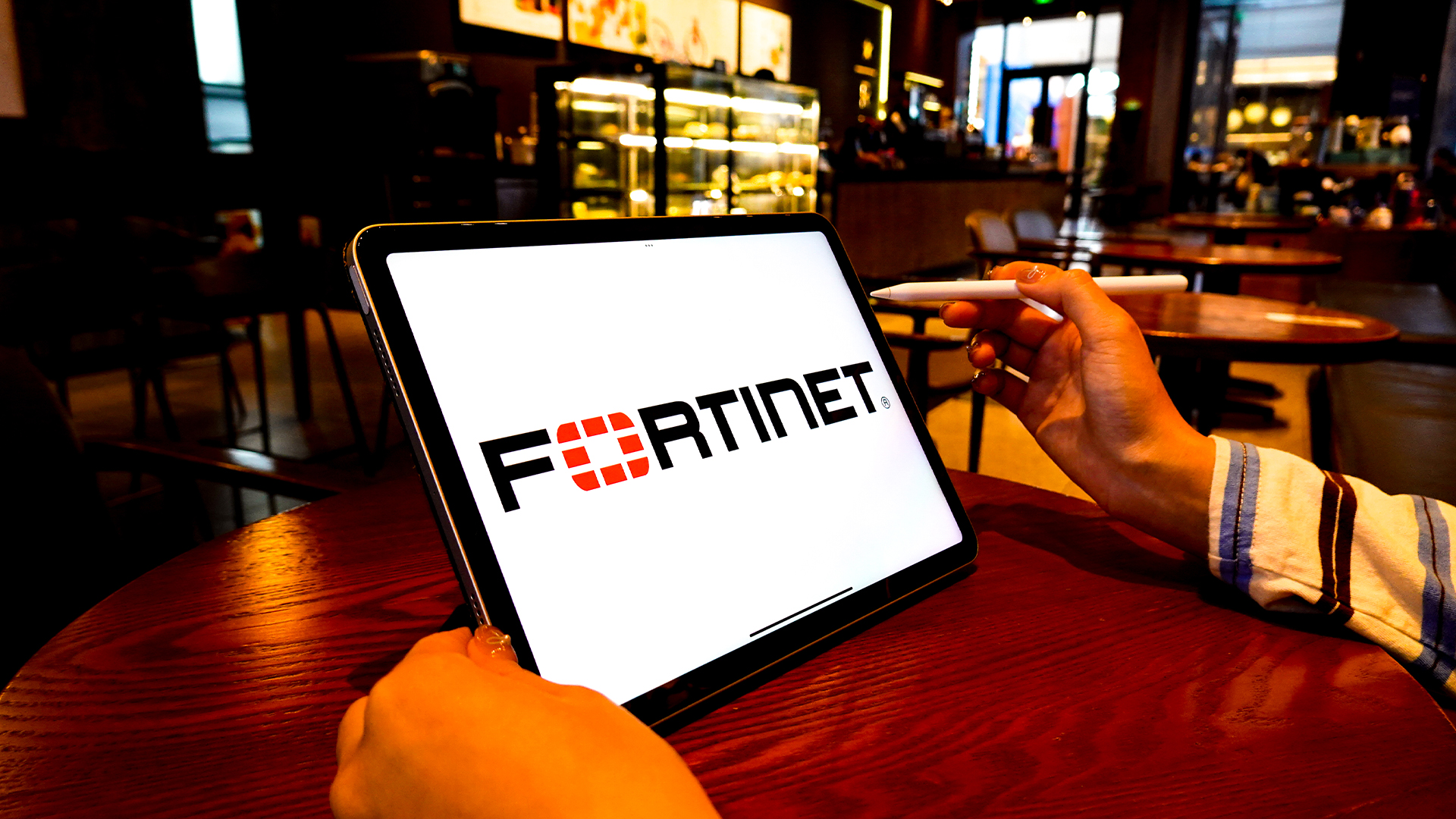HP StorageWorks D2D4000 review
Data deduplication is the hot ticket in town, and with its new LBR technology HP is hoping to make it cost effective for SMBs over low-cost WAN links. We find out if it works.

HP’s D2D4000 can make big savings on storage capacity and brings data deduplication within the grasp of SMBs. Our real world tests show that HP’s LBR technology makes this a reality for low-cost, low-bandwidth WAN links, making this solution well worth considering for remote site replication.

EXCLUSIVE

Most deduplication appliances have been unable to address the issues of replicating this data across remote sites without requiring a secondary solution and high-cost, high-bandwidth links. Until now, that is. HP's LBR is designed to enable deduplication and offsite replication to be consolidated into a single product that can use lost-cost links between sites.
The D2D4000 amalgamates virtual tape libraries (VTLs) and HP's own dynamic deduplication technology. It can present up to sixteen VTLs over iSCSI and FC enabling it to support as many servers for simultaneous backup operations.

Initial appliance setup and iSCSI host connections are handled smartly by a wizard driven routine.
When configuring VTLs you can choose from four library emulations and opt for LTO-2, LTO-3 or LTO-4 virtual tape drives. Depending on the model, the D2D4000 appliances can emulate up to 24 virtual tape devices and support up to 3,456 virtual tape cartridges
Deduplication is included as standard and activating the LBR feature only requires a single license for the designated replication target. There are no hidden costs as the licence allows the target to be used immediately by as many source appliances as it can support.

The appliance's web interface is well designed and provides easy access to the various features.
Sign up today and you will receive a free copy of our Future Focus 2025 report - the leading guidance on AI, cybersecurity and other IT challenges as per 700+ senior executives
Plenty of replication scenarios are on offer and start with a simple active/passive option where VTLs are replicated from a source appliance to a target. For an active/active setup, VTLs on each side of the link would be replicated across both appliances.
Target appliances can handle up to four sources so it's possible to replicate VTLs from different locations to a central appliance. Fan-out is another alternative that enables multiple source VTLs to be replicated to different targets.
Dave is an IT consultant and freelance journalist specialising in hands-on reviews of computer networking products covering all market sectors from small businesses to enterprises. Founder of Binary Testing Ltd – the UK’s premier independent network testing laboratory - Dave has over 45 years of experience in the IT industry.
Dave has produced many thousands of in-depth business networking product reviews from his lab which have been reproduced globally. Writing for ITPro and its sister title, PC Pro, he covers all areas of business IT infrastructure, including servers, storage, network security, data protection, cloud, infrastructure and services.
-
 OpenAI says GPT-5.2-Codex is its ‘most advanced agentic coding model yet’ – here’s what developers and cyber teams can expect
OpenAI says GPT-5.2-Codex is its ‘most advanced agentic coding model yet’ – here’s what developers and cyber teams can expectNews GPT-5.2 Codex is available immediately for paid ChatGPT users and API access will be rolled out in “coming weeks”
By Ross Kelly Published
-
 NHS supplier DXS International confirms cyber attack – here’s what we know so far
NHS supplier DXS International confirms cyber attack – here’s what we know so farNews The NHS supplier says front-line clinical services are unaffected
By Emma Woollacott Published
-
 Two Fortinet vulnerabilities are being exploited in the wild – patch now
Two Fortinet vulnerabilities are being exploited in the wild – patch nowNews Arctic Wolf and Rapid7 said security teams should act immediately to mitigate the Fortinet vulnerabilities
By Emma Woollacott Published
